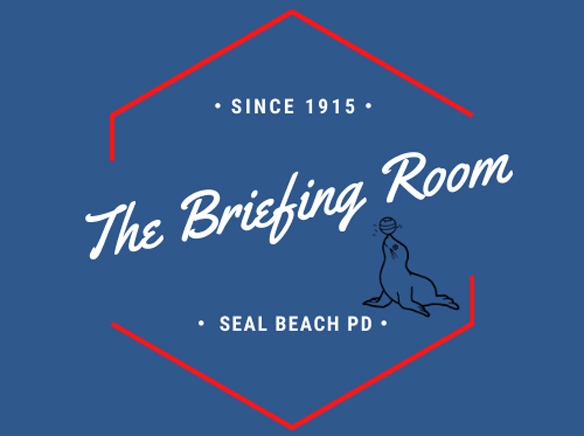Dear Capt. Nicholas,
What are the laws in Seal Beach please regarding loud engines and exhausts on various vehicles?
With thanks as always,
John
Hi John,
Thanks for your email. We’re with you; there are few things more aggravating than cars with horribly loud exhausts driving on our roadways!
The California Vehicle Code addresses loud/modified exhaust:
• §27150(a): Every motor vehicle subject to registration shall at all times be equipped with an adequate muffler in constant operation and properly maintained to prevent any excessive or unusual noise, and no muffler or exhaust system shall be equipped with a cutout, bypass, or similar device.
• §27151(a): A person shall not modify the exhaust system of a motor vehicle in a manner which will amplify or increase the noise emitted by the motor of the vehicle so that the vehicle is not in compliance with the provisions of Section 27150 or exceeds the noise limits established for the type of vehicle in Article 2.5 (commencing with Section 27200). A person shall not operate a motor vehicle with an exhaust system so modified.
• CVC §27151 stipulates that vehicles weighing 6,000 pounds or less, or those smaller than a light truck or van, must have a sound level of 95 decibels or less, equivalent to the noise of an average gas-powered lawn mower.
Additionally, the State of California mandates that vehicles be equipped with a properly functioning muffler. This means you cannot remove or modify your muffler in a way that intentionally increases the vehicle’s noise level.
You might also have some of these questions:
“Do motorcycles have the same noise requirements as cars?”
No. Modern passenger vehicles are required to emit no more than 95 decibels and modern motorcycles a maximum of 80 decibels. Some decibel graphs suggest a vacuum cleaner runs at about 70 decibels and a power mower at 90 decibels. Many modified vehicles have decibel levels as that of a chainsaw that is over 100 decibels. Enforcement does not require the officer to use a decibel level reader but a reading based on training and experience.
“If a police officer does stop them is there a fine? Or do they just have to remedy like a broken tail light?”
Passenger vehicles who are cited for modified exhaust systems are allowed to repair the vehicle into compliance and have the fine reduced such as a broken taillight. Motorcycles with modified exhaust systems are issued non-correctable citations causing the violator to show proof to the court of repair and are issued significant fines.
If a person receives a citation for modified emissions or loud exhaust, a Referee inspection is required. First, they must ensure all modifications are corrected before the appointment. For modified emission controls (CVC 27156), the vehicle must pass a complete inspection, including the computer programming. For loud exhaust (CVC 27150 or 27151), the Referee can issue a noise inspection certificate, but court fines may still apply. Vehicles must have a working muffler and non-original exhaust must not exceed 95 decibels.
“Seems law enforcement seems not to enforce the noise requirement.”
SBPD has sent several officers to training involving the enforcement of vehicles with modified exhaust. SBPD has been educating the public for years on these issues with sign boards stating modified exhaust will be strictly enforced. We have conducted directed enforcement operations citing violators with modified vehicles. Our officers have written hundreds of citations specifically for modified exhaust systems. Officers have ordered many of those violator vehicles off the roadway to appointments with the Bureau of Automotive Repair (BAR) for closer emission inspection. For more information, visit the California Bureau of Automotive Repair at https://bar.ca.gov/.
We know loud exhaust is annoying and it is disruptive. We will continue to do our best to enforce these laws.
Keep your questions coming, Seal Beach. Email us at askacop@sealbeachca.gov today!












